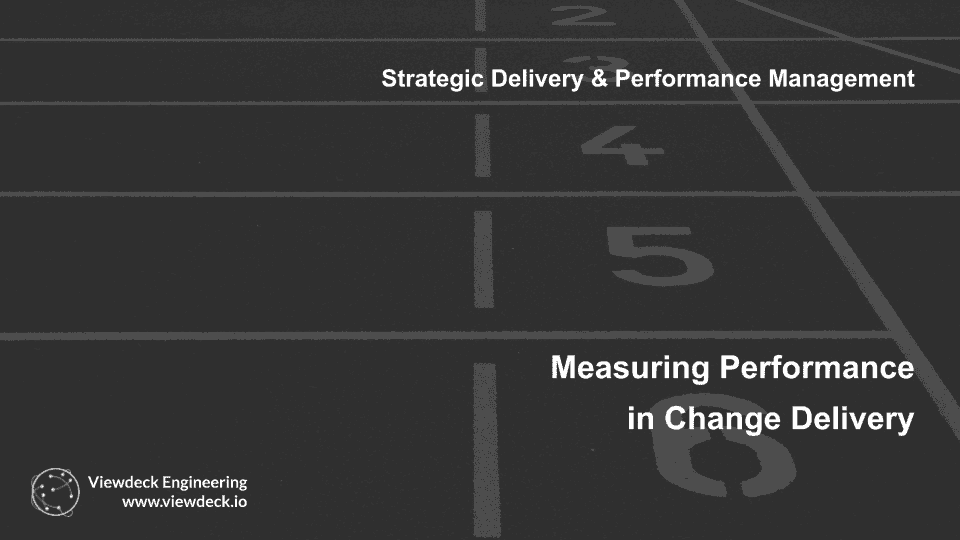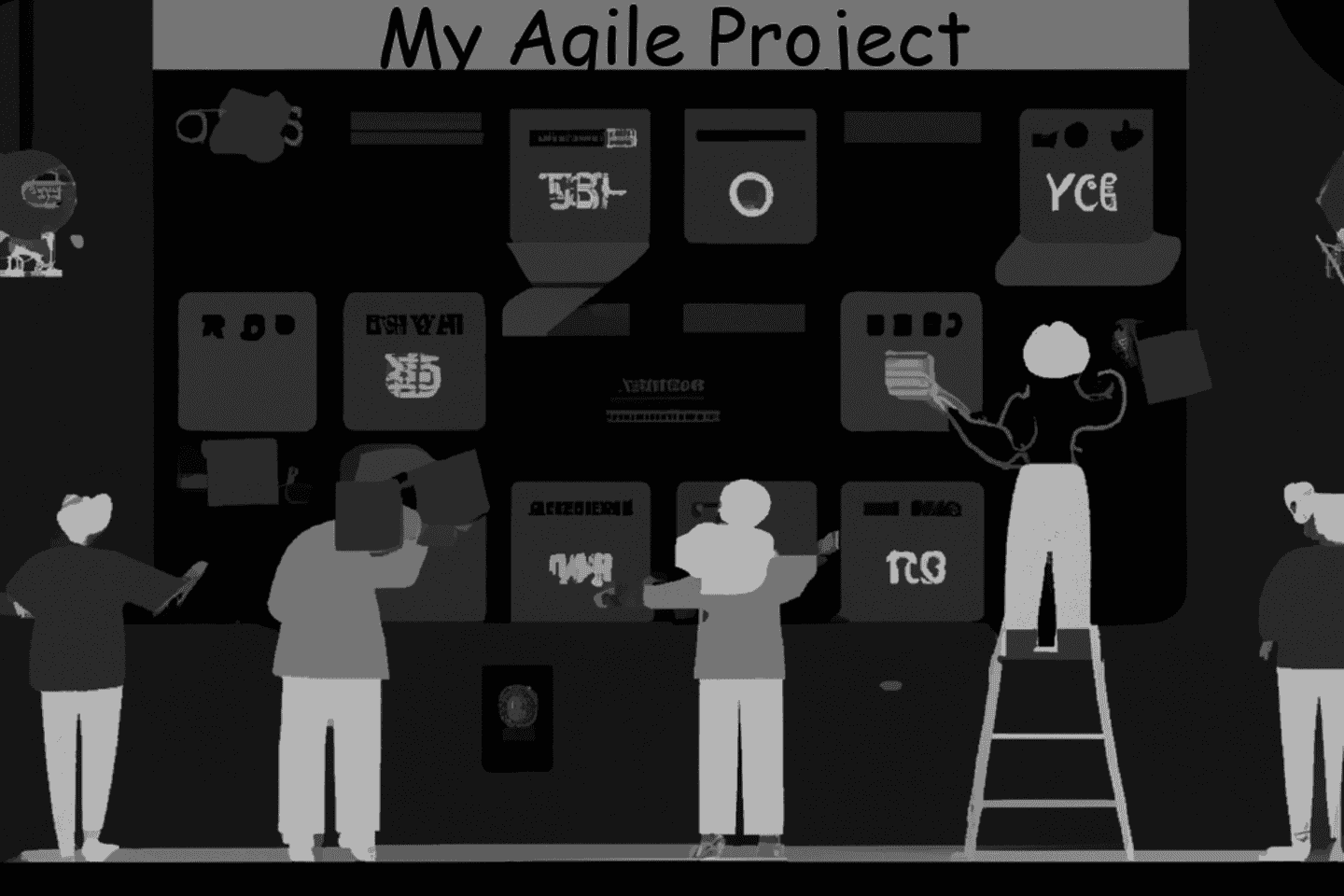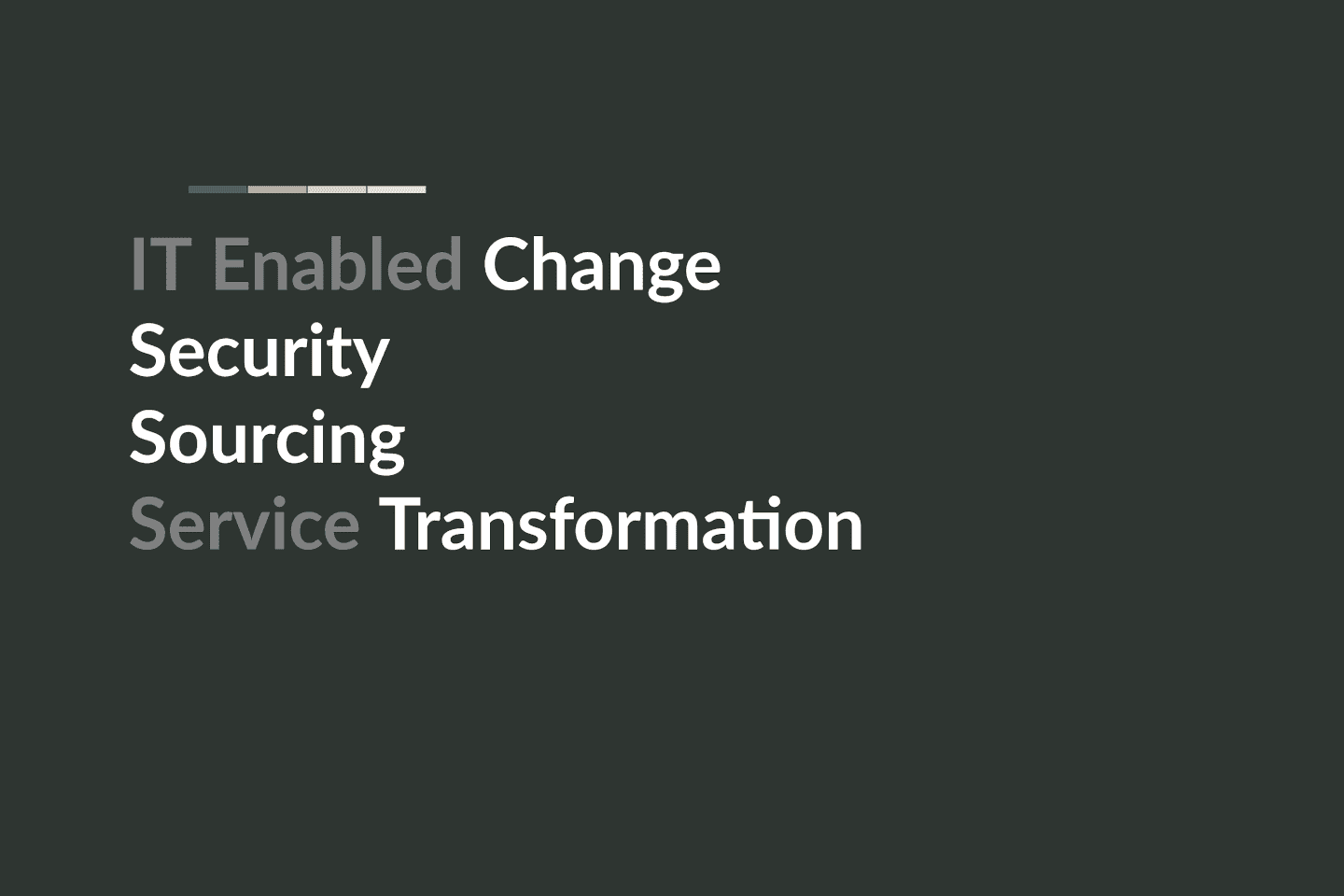Organising your business to successfully implement Agile Ways of Working
Building an Agile Business Part#4: Organising a business to implement and improve delivery using "Agile" requires a strategic approach.
In this final article into implementing Agile within your Business, we look at the best approach, the keys roles and responsibilities involved, the tools and technology, and explore the recommended steps to implement "Agile" within your business.
Introduction
Agile methodologies have become a popular way of working in the business world, as they provide flexibility, collaboration, and faster delivery. However, implementing Agile ways of working in a business context requires a different approach than implementing Agile in a technical environment.
The Right Approach
The following approach guidelines are recommend. They represent the typical strategic change activity, that will provide the right context and structure to help make the implementation successful.
Step 1: Assess the Nature of Work
The first step in implementing Agile ways of working within a business team is to conduct a Discovery of the business activities, outputs and processes that are in scope for the Agile delivery. This involves examining the work processes, internal and external stakeholders, the team structure, the maturity of the planning, the current ways of working, reporting etc, the level of uncertainty involved, and the feedback loops required.
- Key stakeholders: team members, managers/leadership. Where appropriate external stakeholders such as customers or partners may also be involved.
- Inputs: Information about the team's work processes and any existing methodologies or frameworks they may be using. It may also involve input from external stakeholders such as customers or partners.
- Outputs: The output of this step is a better understanding of the team's work processes, their level of uncertainty, and the feedback loops required. This information can be used to determine the most appropriate Agile methodology to adopt, as well as any modifications that may be needed to fit the team's specific needs.
- Impact: This step helps provide a clearer understanding of the nature of the work, how it can best be optimized for Agile ways of working, enabling the identification of the most appropriate methodology. It sets the conditions for the team to then subsequently adapt the chosen methodology ( as needed ).
Step 2: Define Clear Objectives
The next step is to define clear objectives for the Agile implementation that align with the organisation's strategic objectives. This involves identifying the key benefits (ROI/Cost-Benefit Analysis) the organisation hopes to achieve through the implementation of Agile ways of working. This key analysis will help prioritise activities, measure progress and evalate success of the change.
- Key stakeholders: Senior leaders or managers who are responsible for defining the organisation's strategic objectives. It may also involve input from team members who will be impacted by the Agile implementation.
- Inputs: Strategic objectives, as well as any existing initiatives or projects that may be impacted by the Agile implementation.
- Outputs: Clear set of objectives for the Agile implementation that align with the organisation's strategic objectives. This information can be used to guide the selection of the most appropriate Agile methodology and to develop a plan for implementing Agile ways of working.
- Impact: This step helps shape the organisation by ensuring that the Agile implementation aligns with the organisation's strategic objectives. By defining clear targets (SMART objectives), clearly aligned to the identified Benefits, the organisation can focus on the most important outcomes and to achieve greater efficiency, productivity, and collaboration.
Step 3: Identify the Right Process or Methodology:
Based on the nature of work and the clear objectives, identify the right process or methodology that is most suitable for the business. Agile methodologies that have been successfully applied in business operational environments include Lean, Kanban, and Scrumban. It is important to involve stakeholders from different areas of the business, including IT, operations, and management, in selecting the methodology to ensure buy-in and alignment with the organisation's goals and values.
- Key stakeholders: Business leaders, IT department, operations teams, project managers, team members.
- Inputs: Clear objectives, nature of work, stakeholder input.
- Outputs: Selected methodology or process that aligns with organisational goals.
- End goal/state: Identified methodology that will help the team deliver results faster, reduce waste, and increase efficiency.
Step 4: Adapt the Process or Methodology
Adapt the selected methodology or process to suit the needs of the business operational environment. This can involve modifying the roles and responsibilities, the work processes, or the tools and techniques used. The goal is to create a customized approach that fits the unique requirements of the organisation and team.
- Key stakeholders: Project team, business leaders, IT department, operations teams.
- Inputs: Selected methodology, feedback from stakeholders, the nature of work, organisational structure.
- Outputs: Adapted methodology or process that fits the organisation's needs.
- End goal/state: A tailored approach that fits the specific needs of the organisation and team, increasing the chances of successful adoption.
Once the methodology or process has been identified and adapted, the team can move on to the implementation stage. It is essential to have clear communication, support, and training in place to ensure that the team adopts the new ways of working effectively.
Step 5: Train the Team:
Train the team includes a wide range of communications and briefings, aligned to the needs of each stakeholder, team member/role and external Senior management: awareness training for wider stakeholders, exec briefing(s) for senior management, coaching for key process operators, as well as encouranging and enabling through embedding skills and experience in team(s). With the refined/adapted process, ensure there is a a clear understanding of the principles, values, and practices across all participants, and ensure that help and support is provided for team members to help them adopt the new process effectively.
- Key stakeholders: Project team, HR department, Agile coaches, team members.
- Inputs: Adapted methodology, training resources, feedback from stakeholders.
- Outputs: A trained team that understands the new process and methodology.
- End goal/state: A team that is equipped to implement the Agile methodology successfully and deliver results faster, with reduced waste and increased efficiency.
Step 6: Establish Feedback Loop
Establish feedback loops ("RetroSpectives" or "Continuous Improvement") that enable the team to receive regular feedback from stakeholders, team members and customers/clients, enabling them to adjust the process, roles and practices accordingly. Encourage open communication and collaboration among team members and stakeholders to ensure that feedback is received and acted upon.
- Key stakeholders: Project team, stakeholders, customers.
- Inputs: Agile methodology, feedback from stakeholders.
- Outputs: A feedback loop that allows the team to adjust work processes and practices.
- End goal/state: Continuous improvement of the Agile implementation by reflecting on the team's practices, processes, and outcomes, and making adjustments to improve continuously.
In conclusion, implementing Agile ways of working in a business environment requires a different approach than implementing Agile in a technical environment. Understanding the nature of the deliverables, processes ( current Operating Model), defining clear objectives, adapting the right methodology, training the team, establishing feedback loops, and continuously improving the Agile implementation are critical to success. By following these steps, organisations can implement Agile effectively and realize the benefits of agility, efficiency, quality, and effectiveness.
Choosing the Best Agile Methodology for Business Teams
When choosing between Lean, Scrum, or Kanban as the Agile methodology for a business environment, it is essential to consider the nature of the work, the team structure, and the level of uncertainty involved in the project or process.
-
Lean is a methodology that focuses on delivering value to customers while eliminating waste and maximizing efficiency. It is often used in manufacturing environments but has been successfully applied to business operations as well. Lean is particularly effective for repetitive and routine work where the goal is to improve efficiency and reduce waste.
-
Scrum, on the other hand, is a methodology that emphasizes collaboration, iterative development, and customer focus. It is typically used for software development projects but has been adapted to other industries as well. Scrum is suitable for work that requires innovation and frequent feedback from customers or stakeholders.
-
Kanban is a methodology that emphasizes visualizing work, limiting work in progress, and delivering outputs based on customer demand. It is often used in service-oriented environments such as IT service management, HR, or finance. Kanban is suitable for work that requires flexibility and adaptability in response to changing customer needs.
To choose between Lean, Scrum, or Kanban, the following steps can be taken:
- Understand the nature of the work: Determine the type of work that needs to be done, the level of uncertainty involved, and the type of feedback required. For example, if the work is repetitive and requires efficiency, Lean might be the best choice. If the work requires frequent customer feedback and iteration, Scrum might be the best choice. If the work requires flexibility and responsiveness to customer demand, Kanban might be the best choice.
- Analyze the team structure: Determine the size and composition of the team. For example, if the team is cross-functional, Scrum might be the best choice. If the team is more functionally oriented, Lean might be the best choice. If the team is service-oriented, Kanban might be the best choice.
- Assess the level of uncertainty: Determine the level of uncertainty involved in the work. For example, if the work requires a high degree of uncertainty and innovation, Scrum might be the best choice. If the work requires a lower degree of uncertainty and more routine tasks, Lean might be the best choice. If the work requires flexibility and adaptability in response to customer demand, Kanban might be the best choice.
- Consider the organisation's culture: Consider the organisation's culture, values, and beliefs. For example, if the organisation values collaboration, Scrum might be the best choice. If the organisation values efficiency, Lean might be the best choice. If the organisation values flexibility, Kanban might be the best choice.
- Gain consensus: Once the analysis is complete, present the findings to the stakeholders and team members. Ensure that everyone understands the methodology's strengths and weaknesses and how they apply to the project or process. Discuss the benefits and risks of each methodology and gain consensus on the best approach to use.
Choosing the right Agile methodology for a business environment requires an understanding of the nature of the work, the team structure, the level of uncertainty, and the organisation's culture. Through the above approach, a team can select the methodology that is best suited to the project or process, ensure agreement by the Sponsor, and build consensus across all stakeholders as to the merits of the decision.
Roles and Responsibilities
Organizing a business to implement and improve delivery using Agile methodology includes aligning the right roles and responsibilities. These will depend on each situation, and the methodology being deployed, however, the following list provides the key roles that are likley to be needed for all scenarios.
- Executive Sponsor: The executive sponsor is responsible for defining the strategic objectives of the Agile initiative and ensuring that the organisation is aligned with the Agile values and principles.
- Agile Coach : The Agile coach is responsible for educating the organisation about Agile methodology, guiding the Agile implementation, and facilitating the Agile practices.
- Product Owner: The product owner is responsible for defining and prioritizing the product backlog, ensuring that the team is working on the most valuable items.
- Scrum Master/Project Manager: The Scrum master ( or Project Managr) is responsible for ensuring that the team is following the Agile process framework, removing impediments, and facilitating the project events ( or Ceremonies).
- Delivery Team: The delivery team is responsible for building, developing, creating or delivering the outputs or products outlined in the backlog, through collaboration with stakeholders.
Tools and Technologies
To organise the business to implement and improve delivery using Agile methodology, various tools and technologies can be used, including:
- Agile Project Management Tools: Agile project management tools, such as Jira, Trello, and Asana, enable teams to manage their work using Agile methodology, including product backlog management, sprint planning, and progress tracking.
- Collaboration Tools: Collaboration tools, such as Slack, Microsoft Teams, and Zoom, enable teams to collaborate effectively, communicate with stakeholders, and coordinate their work.
- Kabban: Sometimes a blank wall, with sticky notes, and coloured pens are all that is required to effectively plan, manage and communicate a project through its delivery cycles.
Benefits of Agile Methodology
Organizing a business to implement and improve delivery using Agile methodology can bring several benefits, including:
- Faster Delivery: Delivering working software or products frequently, enabling organisations to deliver value to customers faster.
- Increased Flexibility: Flexibility and adaptability, enabling organisations to respond quickly to changes in requirements or the business environment. Through self-organising teams, enable businesses to be "Agile" in operations ( as well in the methodology).
- Enhanced Collaboration: Collaboration between team members and stakeholders, enabling teams to work together effectively and align (prioritise) their efforts with the organisation's strategic objectives.
- Improved Quality: Continuous improvement, enabling teams to learn from their mistakes and make adjustments to their processes and practices, driving continuous improvement and improved quality.
- Visibility: Provide clear understanding of progress, capacity and provide realistic delivery estimates that can be backed up with experience and knowledge.
Conclusion
Organising a business to implement and improve delivery using Agile methodology requires a strategic approach, involving the key roles and responsibilities, tools and technologies, and best practices. Agile methodology emphasises cross-functional teams, with clear and measurable goals, easy collaboration and communication, and automation where possible. Implementing Agile methodology can bring several benefits, including faster delivery, increased flexibility, enhanced visibility, and improved quality.
An Agile Approach to delivery in Business
This article is part of a 4 part mini-series, designed to support senior managers, business leaders and executive's looking to acceleratie their business growth, and provide better predicatability to outcomes and delivery.
The other articles are available via our Blog Home page or through the links below.
- The Benefits of implementing Agile in your Organisation.
- Successful Delivery using Agile in the Business Environment
- Implementing Agile ways of working in a Business Operational Environment.
- Organising your business to successfully implement Agile Ways of Working
References
There are many useful publications and materials on this subject. We include a number below, some of which we have used to provide examples and conclusions. We encourage you to explore this material as it can help set context or provide additional information. All rights reserved, All Trademarks Acknowledged, and all original content referenced is owned by the third parties identified.
- Beck, K. (2000). Extreme Programming Explained: Embrace Change. Addison-Wesley Professional.
- Cohn, M. (2013). Succeeding with Agile: Software Development Using Scrum. Addison-Wesley Professional.
- Highsmith, J. A. (2010). Agile Project Management: Creating Innovative Products. Addison-Wesley Professional.
- Agile Business Consortium. (2021). Agile Business Framework. https://www.agilebusiness.org/pages/agile-business-framework
- Agile Alliance. (2021). Agile Manifesto. https://www.agilealliance.org/agile101/the-agile-manifesto/
- Ambler, S. W. (2002). Agile Modeling: Effective Practices for eXtreme Programming and the Unified Process. Wiley.
- Sutherland, J. (2013). Scrum: The Art of Doing Twice the Work in Half the Time. Crown Business.
- Schwaber, K. (2004). Agile Project Management with Scrum. Microsoft Press.
- Taibi, D. (2014). Agile Project Management with Scrum: A Literature Review. Journal of Information Systems Engineering & Management, 1(2), 139-155.
- Ahmed, S., Ahmed, S., & Ahmed, F. (2016). Exploring the Risks and Benefits of Adopting Agile Methodologies. International Journal of Advanced Computer Science and Applications, 7(10), 85-91.































